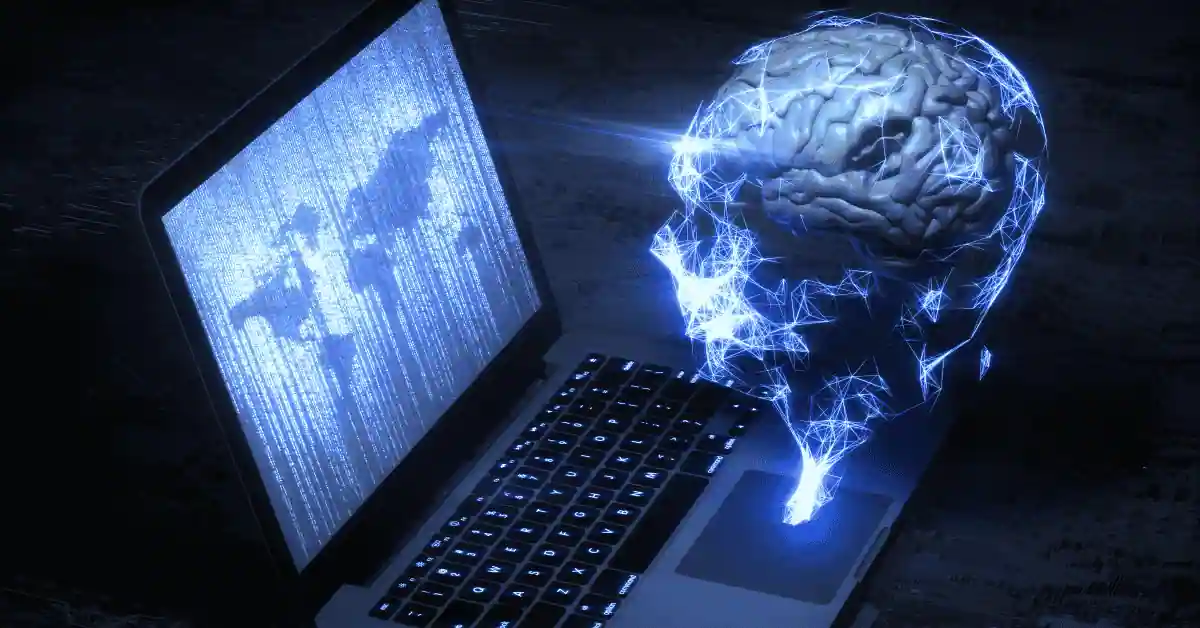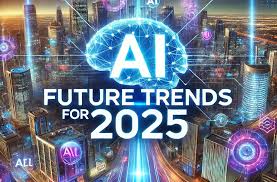Imagine a classroom where every student has their own personal tutor—one that knows exactly what they need, adapts to their pace, and helps them understand even the trickiest concepts. Sounds futuristic, right? Well, guess what? It’s already happening. Artificial Intelligence (AI) is making this possible, and the impact on education is nothing short of revolutionary.
The traditional classroom model, with one teacher juggling dozens of students, is rapidly evolving. With AI, we’re unlocking a new era of personalized learning that can meet the unique needs of each student.
From AI-powered tutoring to automated grading, the opportunities are endless. But how exactly is AI changing education, and what does it mean for teachers, students, and the future of learning? Let’s dive in!
What Is Artificial Intelligence in Education?
Artificial Intelligence in education refers to the use of technology that allows machines to learn, think, and make decisions like humans. In a classroom, this could mean anything from a virtual tutor that adapts to a student’s learning pace to automated grading tools that help teachers spend less time on paperwork and more time on teaching.
Think of AI as a personal assistant for both teachers and students—making education smarter, more efficient, and tailored to individual needs. It’s the kind of technological advancement that is set to transform the entire educational landscape.
The Role of AI in Personalized Learning
Tailoring Education to Each Student’s Needs
One of the biggest ways AI is reshaping education is through personalized learning. Every student learns differently. Some need more time on certain topics, while others might breeze through.
AI-powered platforms adapt to these differences by customizing lessons and offering feedback that matches each student’s learning pace and style.
Take, for example, platforms like DreamBox Learning. This AI-powered tool personalizes math lessons for K-8 students, adjusting based on their responses and providing tailored practice opportunities. It’s like having a personal tutor available 24/7—how cool is that?
AI Tools Revolutionizing Education
AI in the Classroom: Enhancing Teacher’s Roles
While AI might sound like it’s here to replace teachers (spoiler alert: it’s not), it’s actually there to assist them. AI-powered tools like chatbots, lesson planners, and automated grading systems make everyday classroom tasks easier, so teachers can focus on what they do best: teaching.
These AI assistants handle time-consuming administrative tasks, leaving more room for educators to engage with students in meaningful ways. It’s like having an extra pair of hands that doesn’t need to sleep (or take coffee breaks).
AI-Based Tutoring Systems: A Personalized Learning Experience
AI tutors are another game-changer. Tools like Carnegie Learning’s MATHia use machine learning to offer personalized tutoring. Whether a student struggles with fractions or needs help mastering algebra, AI-based tutoring systems provide tailored lessons, ensuring no one falls behind.
These systems create a one-on-one experience that even the most well-staffed classrooms can’t always provide, which is especially important for students who might need extra help.
Benefits of AI in Education
Making Education More Accessible for All
AI doesn’t just benefit students in traditional classrooms—it’s also making education more accessible to a wider audience. For students with disabilities or those learning English as a second language, AI tools can provide customized support.
From speech-to-text systems to AI-powered translation tools, education is becoming more inclusive, allowing everyone to have an equal opportunity to learn.
Improved Efficiency: Automating Administrative Tasks
AI isn’t just transforming the classroom experience for students—it’s also easing the burden on teachers by automating repetitive tasks like grading and attendance tracking.
With AI doing the heavy lifting, teachers can spend more time engaging with their students and focusing on what truly matters—education.
Platforms like Turnitin, for example, are used to detect plagiarism, making assessments quicker and more efficient.
Overcoming Challenges with AI in Education
Ethical Concerns and Data Privacy in AI
While AI in education offers exciting possibilities, it also comes with challenges—particularly in terms of ethics and data privacy. With AI systems collecting vast amounts of data about students’ learning habits and progress, there are concerns about how this information is being used and stored.
It’s crucial for schools and institutions to ensure that AI tools adhere to strict data privacy regulations and are transparent in how they handle student information. After all, we don’t want our future geniuses’ data falling into the wrong hands!
Teacher Training and AI Integration: A Roadblock
Another hurdle is the need for proper teacher training. While AI can certainly enhance learning, it’s essential for educators to be comfortable using these tools.
Teachers need the right training to effectively integrate AI into their classrooms, and that takes time and resources. But with the right support, AI can quickly become an invaluable asset to educators.
The Future of AI in Education
Predictions for AI in the Next Decade
Looking ahead, the potential for AI in education is enormous. Imagine AI tools that help predict students’ learning outcomes, provide real-time assessments, or even adjust the curriculum based on a student’s performance over time. The possibilities are endless, and we’re just getting started.
As AI technology continues to evolve, it’s likely that schools will begin to adopt even more advanced AI systems, making learning more personalized and more efficient than ever before.
AI and the Democratization of Education
One of the most exciting aspects of AI in education is its ability to democratize learning. Thanks to AI-driven platforms, students from all over the world—regardless of background, location, or financial means—can access quality education.
Take online learning platforms like Coursera and edX, which use AI to offer personalized course recommendations. With these platforms, students can access top-tier courses and even earn certifications from prestigious universities—all from the comfort of their homes.
Conclusion
AI is revolutionizing the world of education. From personalized learning experiences to helping teachers manage their classrooms more efficiently, the impact of AI is transforming how we think about teaching and learning.
While there are certainly challenges to overcome, the potential benefits far outweigh the hurdles. The future of education is here, and it’s powered by AI. So let’s embrace this technological shift and watch how it transforms learning for the better!
FAQs
1. How is AI used in classrooms today?
Artificial Intelligence in Education is used for tutoring, grading, lesson planning, and providing personalized learning experiences for students.
2. What are the benefits of AI in education?
AI offers personalized learning, reduces administrative workload, and improves accessibility for students with diverse needs.
3. Is AI replacing teachers in the classroom?
No, AI is meant to assist teachers by automating tasks, allowing them to focus more on teaching.
4. Are there any risks associated with using AI in education?
Yes, concerns around data privacy, ethical use of AI, and teacher readiness are important considerations.
5. What does the future of AI in education look like?
AI will continue to shape the future of education, making learning more customized and accessible worldwide.





